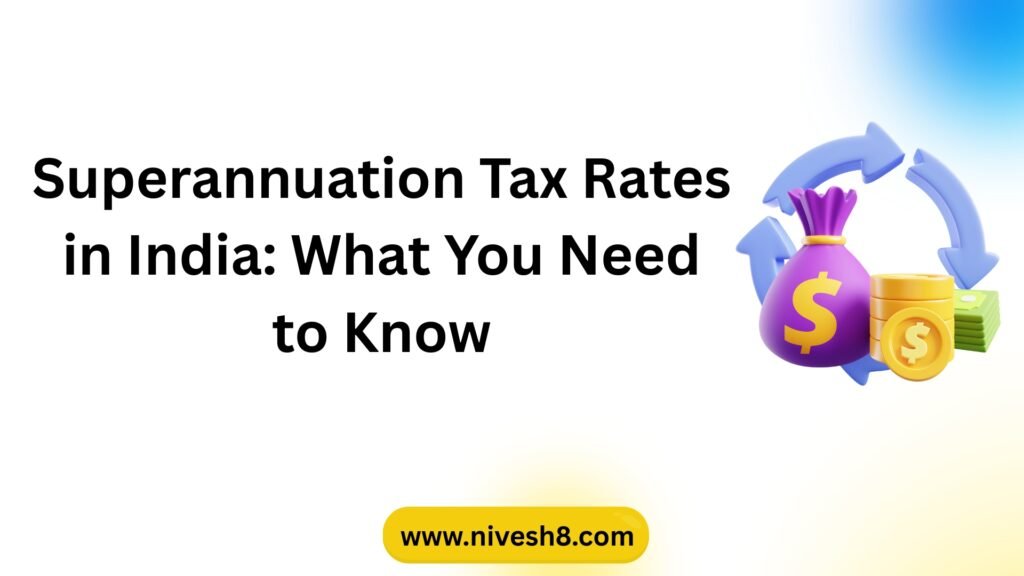Retirement planning is crucial, and superannuation is one way many Indian companies support their staff.
Many, meanwhile, are unsure about the tax load.
We will straightforwardly explain superannuation tax rates in this blog so you might better prepare for your future.
Describe superannuation.
One advantage for retirement is superannuation.
Your employer regularly deposits money into a pension fund-style account during your working years.
You get this sum after retirement; it increases with time.
Although most of the time both the employee and the company may participate, generally the employer makes the contribution.
Why Should You Give Superannuation Tax Any Thought?
Superannuation is not totally tax-free even though it is a retirement benefit.
Depending on when and how you get the money, there are particular superannuation tax rates applicable.
Australian Tax Rates: Superannuation
To start, let’s dissect it:
1. Tax on Company Contribution
Section 10(13) of the Income Tax Act lets employer contributions up to ₹1.5 lakh tax-free.
Should the contribution exceed the limit (along with NPS, EPF, etc.), the additional sum is liable tax.
2. Income or Interest Tax
Up until you take it out, the interest on the superannuation fund is tax-free.
Should the Income Tax Department reject the fund, though, the interest could become taxable.
3. Tax on Pullout
The real benefit of superannuation tax rates is as follows:
In retirement: Should you get the monthly pension, the money is taxed as income.
Should you withdraw a lump sum from the fund, the portion may be partially tax-free.
On resignation prior to retirement: Under “Income from Other Sources” the whole sum could be taxable.
Superannuation Tax-Free: When is that?
Should the Income Tax Department approve the fund, there is no tax due.
You take the money off death’s or retirement’s call.
The withdrawal is made in installments as pension; although pension is taxable, the principle is not.
How can one reduce tax on superannuation?
To light your superannuation tax load:
- Try to save withdrawals for after retirement.
- Try to move the fund instead of withdrawing it if you resign early.
- Use Section 80C and other exemptions wherever at will.
Eventually
Knowing superannuation tax rates will enable you to more cleverly arrange your retirement.
Look at how it’s taxed, not only at how much is preserved.
Improved planning will help you to maximize your pension and enjoy a stress-free future.



